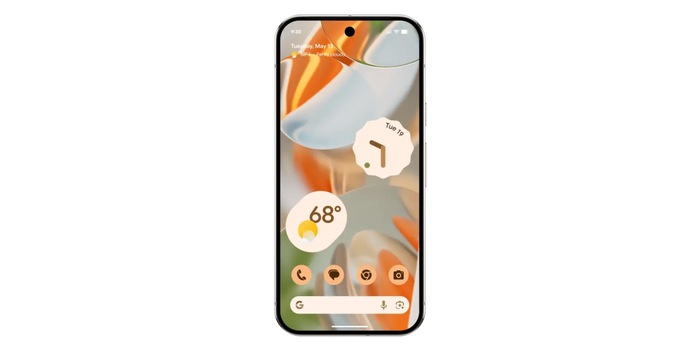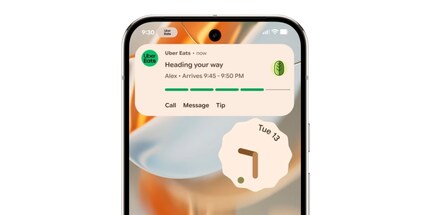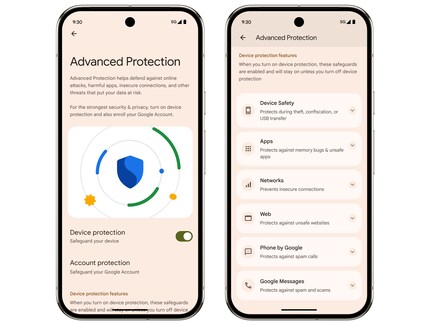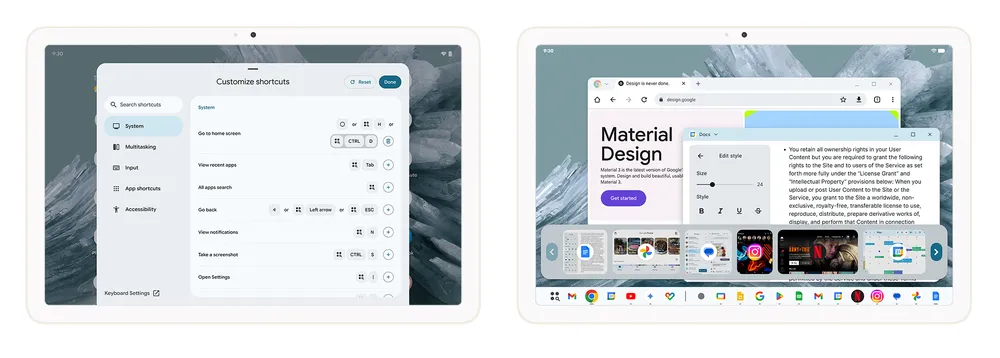
News + Trends
New design, more AI and Find Hub: Google reveals details about Android 16
by Jan Johannsen

Android updates have been a nightmare for years. Google has reorganised the schedule for Android 16, but some new features are still a long time coming - even on Pixel devices.
Google has released the final version of Android 16. The new operating system can now be installed on Pixel smartphones and tablets. As usual, other manufacturers will hopefully follow in the coming months. The innovations are limited and, above all, the much-heralded «biggest redesign in years» is still a long way off.
The new features of Android 16 leave me rather cold. Screenshots are now also available in HDR. When using the back gesture, I can discreetly see in the background where I am going back to. Notifications from apps are now forcibly grouped so that you are no longer overwhelmed with different notifications. I seem to have trained my apps well in the past. I don't see any difference so far.

I didn't wait for the live updates for ride sharing and food delivery services on the lock screen. I don't use them enough for that. But Google wants to extend them to other apps. Maybe there will be something for me. In this context, there is good news for people with smartphones from Samsung, OnePlus or Oppo. The real-time updates are to be integrated into the Now Bar (Samsung) or the Live Alerts.
Luckily, the improved support for Bluetooth-connected hearing aids is not yet relevant for me. But it's still a good thing. The assistive devices can now be controlled via Android, specifically the volume, for example. You can also switch off their microphones for phone calls and use your smartphone instead. This is because the microphones of hearing aids are directed forwards to pick up the person you are talking to and are not intended to reproduce what you are saying.

The advanced security programme, which I found somewhat hidden in the settings, could prove to be very useful. This is where Google bundles various options that can be activated together with the device protection. They are designed to make the smartphone more secure on several levels.
Device protection, for example, ensures that the smartphone locks if it is suspected of being stolen based on its movements. It also makes the device less attractive to thieves as it locks when it goes offline and restarts after three days without being unlocked. The function also blocks the installation of apps from unknown sources, avoids insecure 2G networks and warns of harmful websites.
Two other announced - and in my opinion major - innovations are still missing from Android 16. They are due to be released later this year. These are the aforementioned «biggest redesign in years» as well as a new window view and customisable keyboard shortcuts for tablets. The announced renaming of the «Find my device» network to «Find Hub» has also not yet taken place.
Google has brought forward the schedule for Android 16 so that the new Pixel devices expected in August can be released directly with the new operating system. To me, the lack of a redesign seems as if they deliberately wanted to wait until the Pixel 10 and perhaps also a new tablet to present clearly visible innovations.

Apple clearly has the better roadmap here - at least for smartphones: present new software, have it publicly tested and then offer the update to everyone with the new iPhones.
I have now installed Android 16 on the Pixel, but I haven't noticed any change. There was no anticipation of anything new, nor are there any new functions that I am now looking at in more detail.
As a primary school pupil, I used to sit in a friend's living room with many of my classmates to play the Super NES. Now I get my hands on the latest technology and test it for you. In recent years at Curved, Computer Bild and Netzwelt, now at Digitec and Galaxus.
This is a subjective opinion of the editorial team. It doesn't necessarily reflect the position of the company.
Show all
Opinion
by Lorenz Keller

Opinion
by Lorenz Keller

News + Trends
by Jan Johannsen